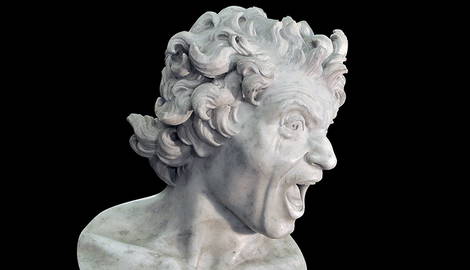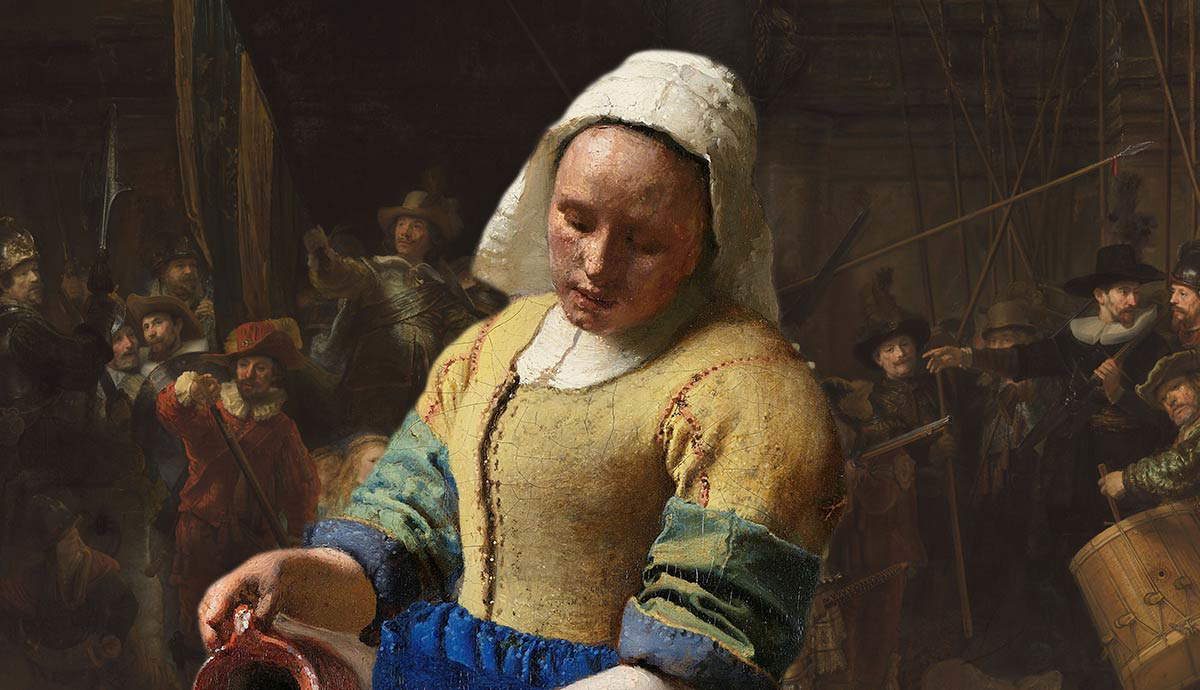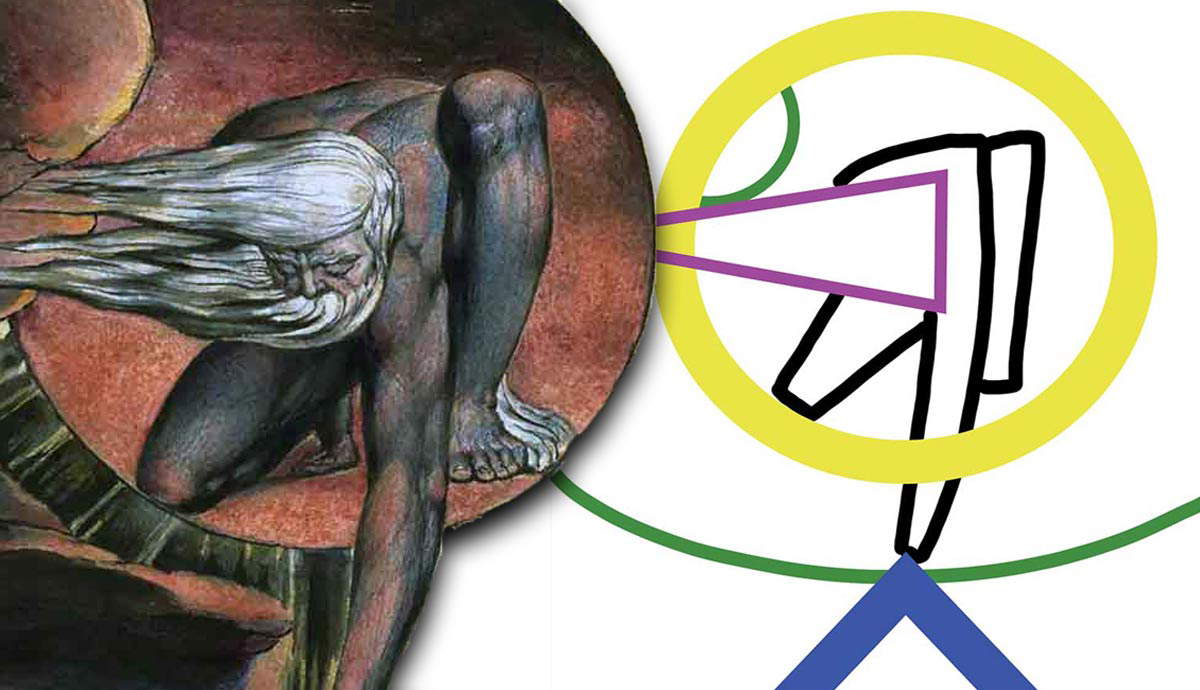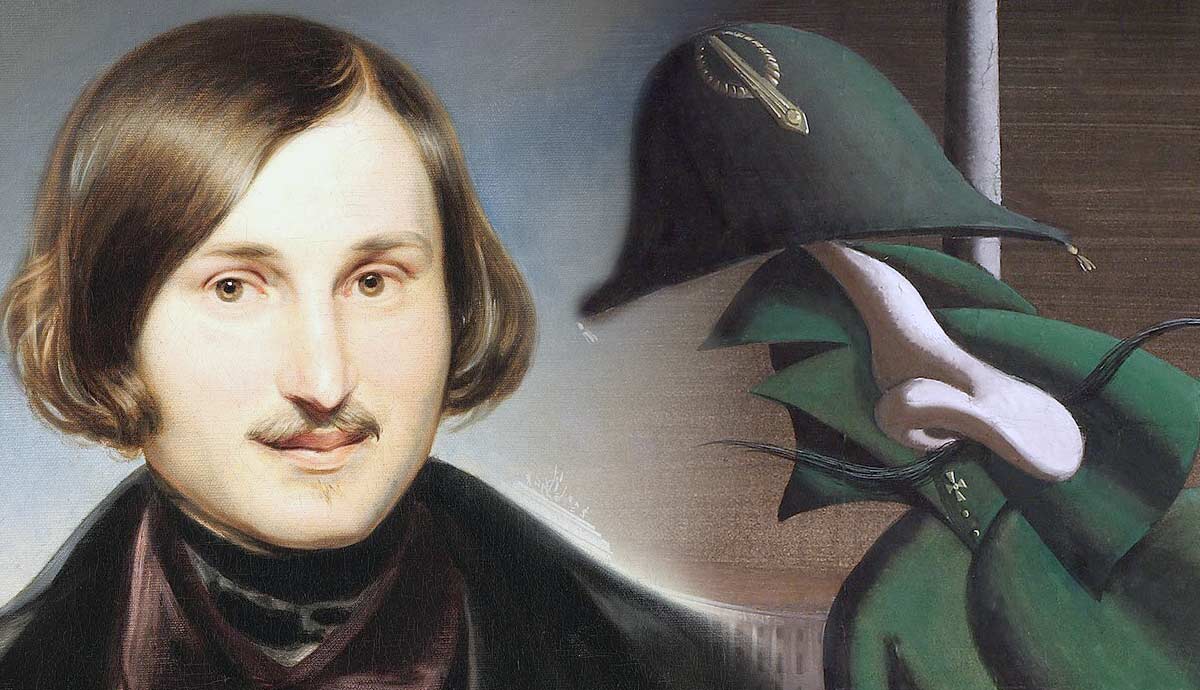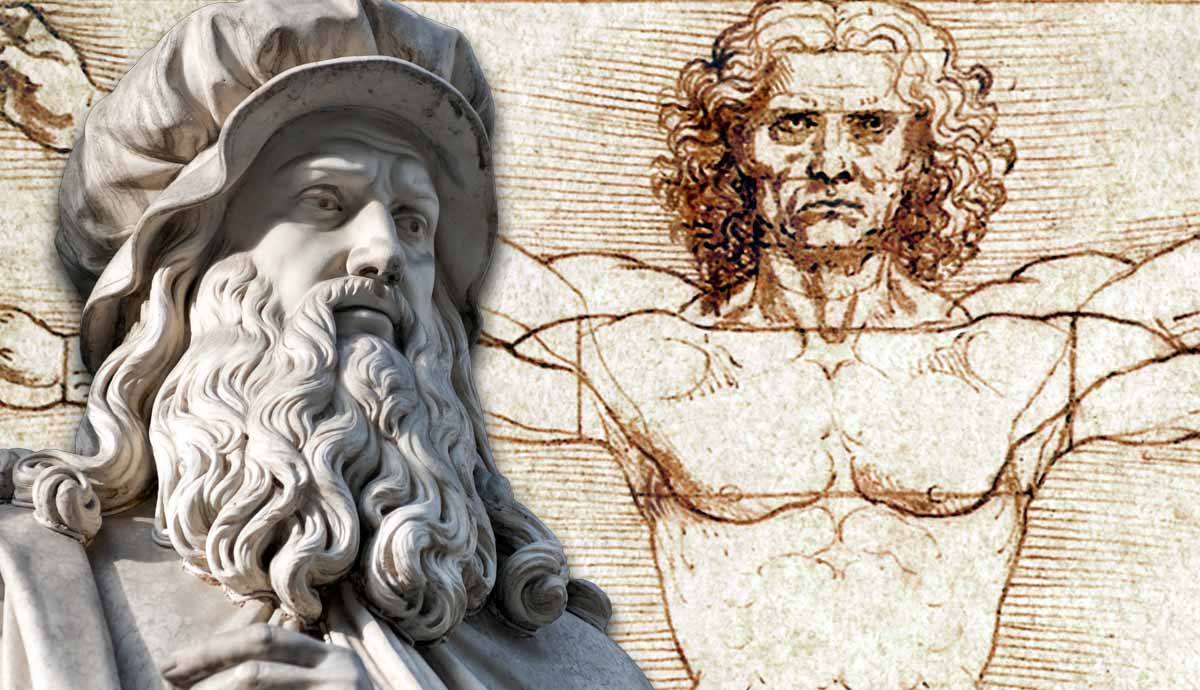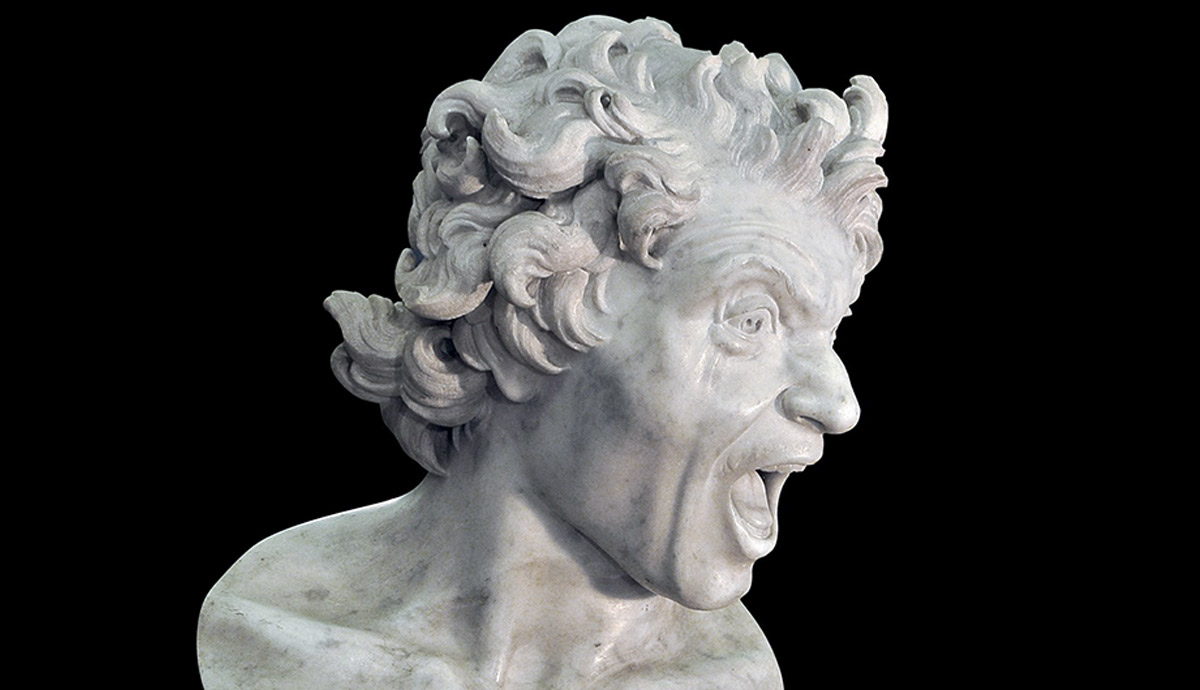
Bernini is to sculpture what Caravaggio was to painting: both used their medium of choice to depict emotion and realism to revolutionize European art.
Gian Lorenzo Bernini

Gian Lorenzo Bernini was born in 1598 in Naples. He is perhaps best known for his ability to manipulate marble into a manifestation of human emotion. Bernini is to sculpture what Caravaggio was to painting; both were able to transform seemingly static forms of art into a study of the human condition that reflected not only the work of art but the viewer as well.
Bernini worked in several different artistic media, such as painting and architecture. Perhaps his most renowned contribution to architecture is redesigning St. Peter’s Square in Vatican City. As part of the Counter-Reformation, Bernini created a sweeping space where the visitor would feel embraced by the Catholic Church. His oval shape is flanked by colonnades, meant to symbolize the Church’s outreach to the faithful. The square is framed by the illustrious façade of St. Peter’s Basilica.
Bernini was raised in a family of artists. His father, Pietro Bernini, was a famous sculptor in his own right. Given this opportunity to be surrounded by art from an early age, Bernini was trained by his father, and, by his teenage years, was taken under the patronage of the art enthusiast Cardinal Scipone Borghese, whom he would later create an enduring sculpture portrait of.

The Baroque period was profoundly influenced by the exquisite artistry of Gian Lorenzo Bernini. As a leading figure in this movement, Bernini was celebrated for his remarkable ability to sculpt stone into lifelike and emotionally charged representations. His works, which range from grandiose public fountains to intimate religious sculptures, showcase a breathtaking dynamism and intricate detailing that draw viewers into the emotional narratives embedded within the forms.
His innovative techniques allowed light to play across the surface of his sculptures, enhancing the expressive quality of each piece. Bernini’s skill not only transformed the sculptural medium but also set new standards for emotional depth and movement in art. Furthermore, his influence extended beyond his own creations, as his vision inspired countless artists of his time and those who followed. The dramatic flair and intimate emotionality that characterize his work continue to resonate in contemporary art, ensuring that Bernini’s legacy endures as a cornerstone of Baroque artistry and its impact on the wider world of art.
Renowned for his masterful ability to sculpt stone into compelling expressions of human emotion, Bernini’s works captivate viewers with their dynamic forms and intricate details. His skill transformed the medium and left an indelible mark on the art world, ensuring that his legacy and enduring popularity resonate even in contemporary times.
Bust of Costanza Bonarelli

A first look at this arresting bust will leave the viewer feeling as breathless and startled as the sculpted woman appears to be. We, as the viewer, have seemingly interrupted an intimate moment. This bust of Costanza Bonarelli was created by her one-time lover, Gian Lorenzo Bernini. It is perhaps one of the first sculptural portraits in Western art that portrays an individual of whom the artist had intimate knowledge.
Her lips are parted slightly, and her hair is loosely hung in a bun, providing a profoundly personal and rare depiction of her. Costanza’s dilated eyes are brimming with passion and excitement. Compared to other contemporary portrait sculptures, which display the sitter as formal and dignified, Costanza’s bust shows us exactly who she is with just one glance. She’s a passionate, determined, and unswerving individual. It isn’t just her eyes and loose hair that exuberate the essence of passion; Costanza’s blouse is unbuttoned slightly to reveal a hint of her bosom, making it seem as though she was rushed.
Bernini transformed the traditional approach to sculpting individuals by infusing his work with a profound sense of realism and emotional intensity. Unlike his predecessors, who often idealized their subjects to conform to classical standards of beauty, Bernini focused on capturing the unique characteristics and inner life of the individual, allowing their personality and emotions to come to the forefront. This innovation not only set a new standard for portraiture in his time but also paved the way for future artists to prioritize emotional depth and authenticity in their representations, moving away from rigid idealizations and toward a more nuanced understanding of human expression.
Bust of Cardinal Scipione Borghese

Similar to Bernini’s portrait sculpture of his lover Costanza, his bust of Cardinal Scipione Borghese is a psychological look into the individual and a reflection of their physical attributes. This artwork not only captures the physical attributes of the cardinal with remarkable precision but also delves into his inner essence, revealing the complexities of his personality.
Cardinal Borghese was a worldly individual with a discerning taste for the finer things in life, including art, theology, history, and philosophy. He rose to prominence as the nephew of Pope Paul V; he acted as his uncle’s chief advisor and political enforcer. Cardinal Borghese is perhaps better known as an active art collector who amassed an impressive collection of work from not only Bernini but also Caravaggio, Raphael, and Titian. This collection became one of the finest art galleries in the world, the Galleria Borghese.
Despite his talent for politics, banking, and papal intrigue, Borghese’s true passion was art. Borghese was deeply involved in the art world of Rome, actively commissioning work from young talents such as Bernini and Caravaggio. His passion for art could turn aggressive when he actively pursued a piece of art he coveted, often using his papal connections and personal authority to confiscate or purchase works.

Like many other powerful clergy members, Cardinal Borghese’s life demonstrated a certain duality, with both sides constantly at war. His lifestyle, while more opulent than most others, was a reality in papal courts. His dual personalities and lifestyles were represented by the sensual baroque art he collected and his degree of privacy regarding his personal life. To others, Cardinal Borghese was known to be introspective and quiet with a keen sense of self-control.
Bernini’s sculptural portrait of Cardinal Borghese reveals the complexities of this holy man. His eyes appear distant, as if he is in deep thought; whether it is about political matters or his recent art purchase is difficult to determine. True to the Baroque style, Bernini has captured Borghese in a moment in time, which adds to the psychological depth of this bust. Without flattering his subject too much, Bernini was able to suggest age, wisdom, and vitality in the Cardinal through the rendering of his eyes and the bags underneath. The Cardinal’s head is turned slightly but still held high in a respectable manner.
Bust of a Damned Soul

In contrast to the earlier two busts that uniquely capture individual figures, this latest piece transcends personal identity and symbolizes the collective experience of humanity itself. It embodies a universal soul grappling with profound terror, a sense of damnation, and the overwhelming chaos that permeates our existence. Each contour and expression in the sculpture reflects the shared struggles and anguish faced by mankind, evoking a powerful emotional response that speaks to the depths of our collective psyche during times of turmoil.
Bernini’s Damned Soul was created in 1619, early in the artist’s career. This bust represents a human soul condemned to eternal damnation in Hell. Another sculpture, Blessed Soul, completes the diptych. Together, these two represent the salvation and damnation of the human soul. There is a theory that in order to correctly gauge the range of emotions a human would undergo if they were damned for all entirety, Bernini repeatedly stuck his hand into an open flame and would then draw how his face appeared in a mirror.
The bust in question unmistakably captures the essence of a tormented soul, seemingly frozen in a moment of sheer horror. Its features are strikingly vivid; the figure’s eyes bulge unnaturally as if attempting to escape the confines of their sockets, conveying an overwhelming sense of dread. The eyebrows are contorted to an extreme degree, arched high above the brow line in a way that suggests both agony and disbelief. This meticulous craftsmanship evokes a visceral response, inviting viewers to confront the raw emotional landscape of fear and panic.

Each detail of the bust serves a purpose, contributing to an overarching theme of eternal damnation. The sculptor’s choice to portray this expression pulls the audience into a deeper contemplation of the consequences of one’s actions. This artwork is not merely a representation of sorrow; it stands as a poignant warning and a vivid illustration of the harrowing truth behind the concept of eternal suffering, making it impossible to look away from the anguish it embodies.
Presented initially in candlelight, the flame’s flickering would have intensified the horror and agony of the bust even further. Under this presentation, the deep grooves and undercuts allow dramatic shadows to fall across the face of the damned, which highlights the tormented soul.
